Choosing the Best Cloud Provider for Your Development Workloads
Craig Pilkenton
VP, Technical Delivery
“A company's decision to move some or all its workloads to the cloud is often a difficult one to make, especially in overcoming any institutional fears of data loss or improper security setup. After making this decision, the next step is to evaluate the best cloud provider for the organization's development workloads.”
Once an organization has made the important decision to move solution development to the cloud, whether wholesale or simply starting a Proof of Concept (PoC), the next major step is to evaluate which cloud provider(s) have the capabilities and features your development organization requires. This analysis should be driven by the type of development features available, current or proposed coding languages, and any cloud services already being utilized (e.g., email, productivity applications, business intelligence, etc.). Once completed, this analysis can become an enterprise development guideline detailing out the best cloud platforms for different types of implementations.
For cloud development solutions to support an organization's Software-as-a-Service (SaaS) based application integrations, an enterprise-class provider is needed as the backbone of the many REST-based API data transfers needed. These workloads may support data integrations between core applications and subsidiary systems that reside in either the cloud or on-premises, as well as any future API-based applications that may be developed.
After documenting the organization's current and proposed development requirements, including whether to utilize cloud Infrastructure as a Service (IaaS) or Platform as a Service (PaaS) models, a review of any current cloud provider usage in the organization should be done. One of Hylaine's consultants recently published a great article around Cloud Migration Strategies on existing applications (https://www.hylaine.com/post/cloud-migration-strategies)
As an example of possible discoveries, the usage findings may show that one provider is already used for authentication and office productivity applications, where another may be currently utilized for server hosting or Big Data storage. Expanded usage of an existing cloud provider may allow for economies of scale, improved resource usage, and lower costs than other providers.
This type of usage with multiple cloud providers is commonly known as a Multi-Cloud strategy and is an approach for some enterprises. This allows them to be cautious of vendor lock-in and gives the ability to abstract applications so they can be migrated across cloud platforms if needed using common development languages or containerization. This mindset also helps with resilience as all cloud providers suffer outages from time to time, thus spreading solutions across several clouds can help lower the risk of all mission-critical applications becoming unavailable.
(Flexera - 2020 State of the Cloud Report: https://www.flexera.com/blog/industry-trends/trend-of-cloud-computing-2020/)
One thing to note on a Multi-Cloud strategy is that by spreading out usage and/or applications between multiple cloud vendors, enterprises may miss out on potentially enormous cost savings by fully utilizing just one platform. Organizations should use cloud-agnostic tooling (e.g., containers, supported data engines, etc.) and then choose primary and secondary clouds, with the latter usually only for Disaster Recovery (DR).
While utilizing multiple cloud providers can provide many benefits such as cost and resilience, for developing specific solutions it is important to select the best platform that matches the integrations needs. Gartner's Magic Quadrant for Cloud Infrastructure and Platform Services is a well-known agnostic review of the core players in this space. It is a good start for reviewing which provider is leading and in which categories.
(ZDNet.com - Top cloud providers in 2020: https://www.zdnet.com/article/the-top-cloud-providers-of-2020-aws-microsoft-azure-google-cloud-hybrid-saas/
With these above guidelines, putting together a cloud platform recommendation that fully supports development efforts will be possible. These development needs cover how the team tracks and manages work, ensures that all codebases are stored with proper merge/branch methodology, that the code is always built and tested independently, that solutions are automatically deployed to the right service, and that all of this can be setup and managed in an efficient manner.
After reviewing the categories top providers are leading in, it is important to then dive deeper on specifics for development workloads when it comes to creating a good analysis. There are several development usability and management factors that should be considered that are not evaluated in a magic quadrant analysis.
Integration with other platform services and enterprise infrastructure
The provider(s) should be able to integrate well with on-premises network capabilities
Identity and security management is critical and should not require constant monitoring or changes to keep working with other systems
Other provider platform services should have the capability for native integrations when needed without having to go outside that platform
Services and programming languages that match application needs
Application features should be matched to components needed such as serverless functions, scheduling, queue management, and other API-related needs
Programming languages for the implementation should be matched against most current technologies and team skillsets
Ease of creation and management of deployed services
Friction-less deploying of services and support components without having to know hidden exceptions or guesswork
Ability to easily manage created services from the standpoint of resource usage, current state, and cost analysis
'Single-pane-of-glass' for viewing resources and features to monitor proactively for bottlenecks and issues
Toolsets and management capabilities
Provider(s) should have native Continuous Integration / Continuous Delivery (CI/CD) toolsets or first-class integrations with major third-party CI/CD vendors that can manage work tracking, source code version control, and automated build releases
Coding toolsets should be able to build what is necessary easily and integrate with above mentioned CI/CD systems
Taking the above guidelines, we can now create a succinct list of features an enterprise-class cloud platform should provide to the organization.
Core services and features that match components needed in the layer (i.e., API's, Scheduling, etc.), as well as the programming language and development frameworks needed
Project management task tracking solution that is integrated within the platform
Source code repository for version control that links to task tracking solution above to match requirements to development time needed and taken
Native CI/CD system for automated builds, testing, and deployments to core services of above source code repository
Ease of deploying all the above needs and integrating them together to focus more on development
Ease of maintenance and monitoring of all aspects of the platform including costs
Having defined how to analyze an organization's development workloads and what is needed in a cloud provider to support those efforts, a comparison of the top three cloud platforms can be accomplished. The following sections detail out the current top three providers pros and cons based on our above development factors. From there a grade can be given on how well they meet these important guidelines.
AMAZON WEB SERVICES (AWS)
AWS is a public cloud computing platform offering compute power, database storage, content delivery and other functionality.
Cons:
More individual services need to be deployed to create a working CI/CD chain due to their separations
Some services do not innately connect to each other, or specific hand-typed information must be entered from other services, thus slowing down deployments
Training for employees may be increased as there is extra platform knowledge that needs to be transferred along with component integrations
Annual costs for utilizing serverless capabilities shows to be the most expensive of all platforms
Enterprise level support must be purchased separately
EC2 has its limitations, but can request upgrades depending on region and usage requirements
Pros:
Over 175 services from data centers globally
Largest IaaS provider of all three cloud providers
Pay-as-you-go approach for pricing
AWS Pricing Calculator by Service: https://calculator.aws/#/
Craig’s Grade: B
AZURE
Microsoft Azure is a public cloud computing platform with solutions including IaaS, PaaS, and Software as a Service (SaaS) components that can be used for services such as development, analytics, virtual computing, storage, networking, and more.
Pros:
Easily deploy, integrate, maintain, and monitor all services utilized within the platform including cost analysis
Use Azure DevOps which fluidly handles project management, source code, and CI/CD to services all in one system without having to couple together multiple disparate toolsets. It also integrates well with many other platforms and clouds
Works with other Microsoft platforms and services, such as Microsoft 365, and for future business / global initiative integrations
Training on services deployed to employees may require less time due to the abundance of online resources
Annual costs for utilizing serverless capabilities shows to be less than the other two platforms
Pay-as-you-go approach for pricing or purchase ahead
If a Microsoft customer already, Azure is an included component
Integrations include Windows Server and Linux Virtual Machine
Strong presence in the enterprise community
High availability and redundancy in data centers on a global scale
Cons:
Licensing and costs can be confusing if not already obtained at the enterprise level
Azure Pricing Calculator by Service: https://azure.microsoft.com/en-us/pricing/calculator/
CRAIG’S GRADE: A
GOOGLE CLOUD (GCP)
GCP is a public cloud platform whose services are delivered to customers on an as-you-go basis, by way of service components. Its primary service model is based around the development and deployment of more modern, containerized applications.
Cons:
There is no inherent project management tracking tool that integrates with the source code or CI/CD toolset to track work
A hosted BitBucket instance would be needed, which has the capability to deploy to GCP
A hosted Jira instance would be needed to connect with BitBucket for issue tracking and workload management
The platform does not support as many modern programming languages as Azure and AWS
Annual costs for utilizing serverless capabilities shows to be the 2nd most expensive of all platforms
Google's current development culture has led to a disproportionate number of retirements and platform obsolescence, often causing application rewrites when there is breaking changes in functionality
Pros:
App Engine is the core application development tool, with many common languages supported
Native Kubernetes container support
Emphasis on big data tool suites
Storage is fast with uncapped bandwidth and strongly consistent listings. BigQuery, BigTable and many other services have "no-ops" so there's no overhead
Workloads for OCR (Optical Character Recognition) are currently very price competitive as it works to increase market share
Google Cloud Pricing Calculator by Service: https://cloud.google.com/products/calculator
CRAIG’S GRADE: C
CLOSING REMARKS
In defining an organization's development cloud strategy, the team must focus not only on their current solution development needs, but also with an eye towards future tools that an enterprise-level platform can provide. While the three evaluated platforms can handle most any development workload, there may be significant drawbacks that are specific to one organization over another due to existing development resources or additional integrations needed.
As Hylaine is a cloud and technology agnostic partner, many of our engagements often consist of helping customer's complete this type of analysis. Whether for new enterprise rollouts, reviewing existing cloud implementations for performance improvements, or looking for cost savings. Our experienced teams can help partner with your organization to make this journey to the cloud as frictionless as possible.



